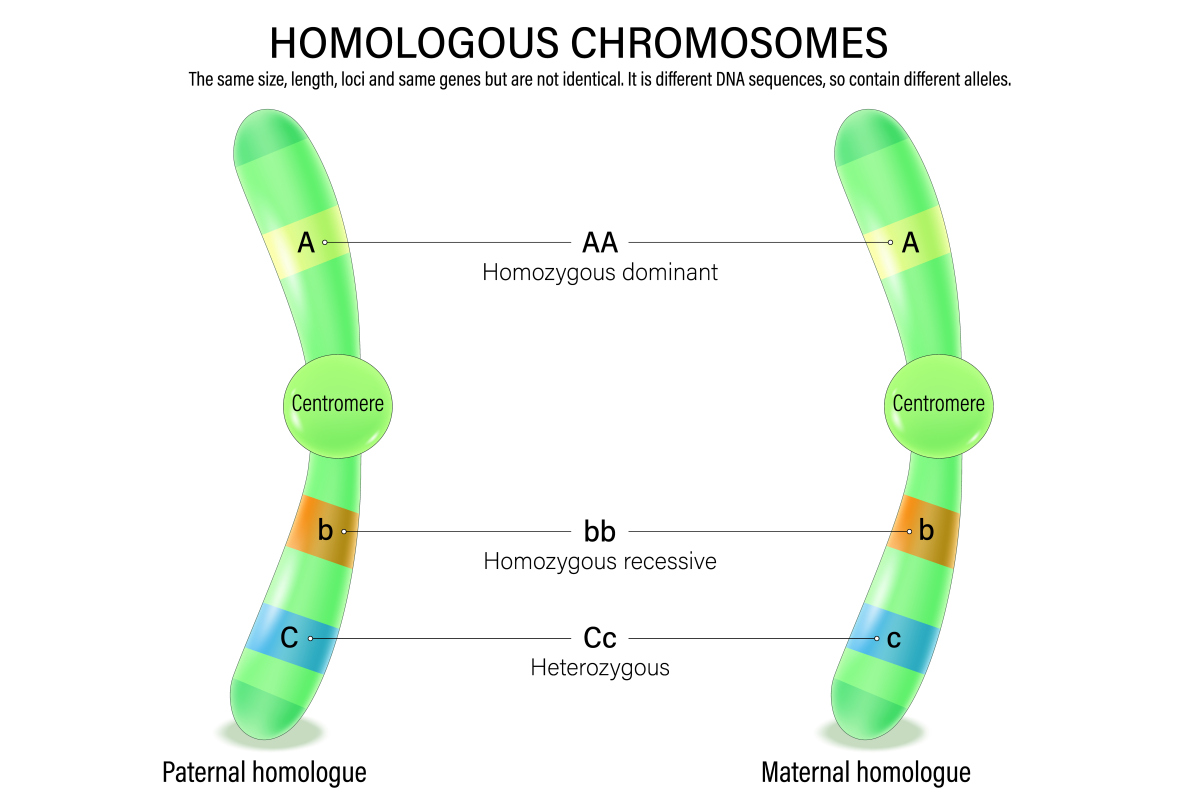Kinetic Resolution of Racemic Mixtures: Definition and Applications
Kinetic Resolution of Racemic Mixtures: A Powerful Tool for Enantiomer Separation
Kinetic resolution is a widely used technique in organic chemistry for separating enantiomers in racemic mixtures. It relies on the different reaction rates of two enantiomers with a chiral reagent or catalyst. This difference in reactivity allows for the selective conversion of one enantiomer, leaving the other enantiomer enriched in the starting material.
How Kinetic Resolution Works:
- Chiral Reagent/Catalyst: A chiral reagent or catalyst is used that reacts preferentially with one enantiomer of the racemic mixture. This selectivity is due to the formation of a diastereomeric transition state, which has different energies for each enantiomer.
- Differential Reaction Rates: The enantiomer that interacts favorably with the chiral reagent or catalyst undergoes a faster reaction than the other enantiomer.
- Enantiomeric Enrichment: The faster reacting enantiomer is consumed more quickly, leading to an enrichment of the slower reacting enantiomer in the remaining starting material.
Applications of Kinetic Resolution:
Kinetic resolution is a valuable tool with several important applications in organic chemistry, including:
- Asymmetric Synthesis: It allows for the preparation of enantiomerically pure compounds, which are essential in pharmaceutical and agrochemical industries.
- Drug Discovery: Kinetic resolution helps to separate enantiomers of drug candidates to determine the activity and potential side effects of each enantiomer.
- Natural Product Synthesis: It plays a key role in the synthesis of complex natural products with defined stereochemistry.
Examples of Kinetic Resolution:
There are numerous examples of kinetic resolution in the literature. Some common examples include:
- Enzymatic Resolution: Enzymes are highly selective catalysts that can differentiate between enantiomers and facilitate their kinetic resolution.
- Metal-Catalyzed Resolution: Transition metal complexes can act as chiral catalysts to promote the selective reaction of one enantiomer.
Conclusion:
Kinetic resolution is a powerful technique that offers a practical and efficient way to separate enantiomers in racemic mixtures. Its applications extend to various fields, showcasing its importance in modern organic chemistry.

原文地址: https://www.cveoy.top/t/topic/hMY 著作权归作者所有。请勿转载和采集!